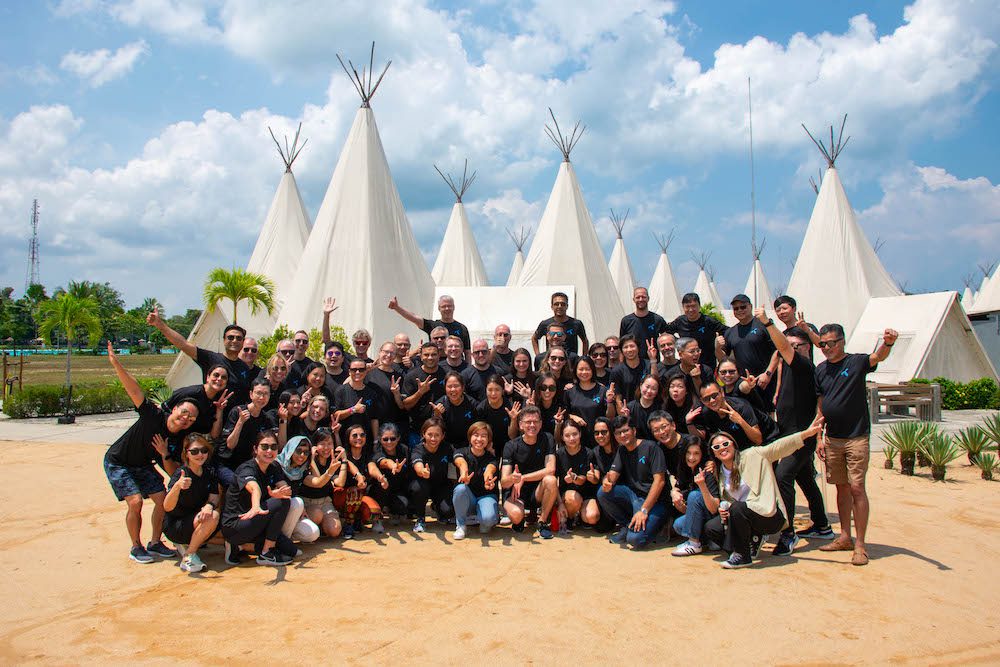Post-Retreat Impact: How to Sustain the Benefits of an Overseas Retreat
An overseas corporate retreat can be a transformative experience for teams, offering new perspectives, improved morale, and enhanced collaboration. However, the true value of a retreat is realized when its benefits extend beyond the duration of the event and translate into sustained positive changes in the workplace. This article explores effective strategies for maintaining the positive impact of an overseas retreat once employees return to the office.
1. Implement Follow-Up Activities
a. Post-Retreat Workshops and Training Sessions
To build on the insights and skills gained during the retreat, organize follow-up workshops or training sessions. These should focus on reinforcing key learnings and applying them to daily work scenarios. For example, if the retreat included leadership training, follow-up sessions can delve deeper into leadership practices and provide practical tools for implementation.
b. Action Plans and Goal Setting
Encourage teams to develop action plans based on the retreat’s objectives. These plans should outline specific goals, steps for achieving them, and timelines. Regular check-ins to review progress and adjust plans as needed can help keep the momentum going and ensure that retreat outcomes are integrated into everyday work.
c. Refresher Courses or Webinars
Offer refresher courses or webinars on topics covered during the retreat. These can serve as a reminder of key concepts and provide additional opportunities for learning and discussion. Webinars can also be a convenient way to engage remote employees who may not have been able to attend the retreat.
2. Foster Continuous Reflection and Learning
a. Regular Team Meetings
Incorporate time for reflection into regular team meetings. Set aside a few minutes for team members to share how they have applied what they learned from the retreat and discuss any challenges or successes. This ongoing dialogue helps reinforce the retreat’s teachings and keeps the team focused on continuous improvement.
b. Reflection Journals
Encourage employees to keep reflection journals where they can document their thoughts, insights, and progress related to the retreat’s objectives. Journals can be reviewed periodically to assess personal and team growth, and reflections can be shared in team meetings to inspire others.
c. Peer Feedback Sessions
Organize peer feedback sessions where team members can provide constructive feedback to one another. These sessions can help reinforce the retreat’s focus on collaboration and communication while offering opportunities for personal and professional growth.
3. Cultivate a Supportive Environment
a. Create Accountability Partners
Pair employees with accountability partners to help them stay on track with their retreat-related goals. Partners can offer support, share resources, and hold each other accountable, fostering a collaborative approach to achieving the retreat’s outcomes.
b. Recognize and Celebrate Progress
Acknowledge and celebrate achievements related to the retreat’s goals. Recognitions can be informal, such as shout-outs in team meetings, or formal, like awards or recognition programs. Celebrating progress helps maintain enthusiasm and motivates employees to continue striving toward their goals.
c. Encourage Open Communication
Maintain open channels of communication to address any challenges or concerns that arise as employees work to implement retreat insights. Providing a safe space for feedback and discussion helps address issues promptly and ensures that the team remains engaged with the retreat’s objectives.
4. Integrate Retreat Principles into Daily Operations
a. Update Team Goals and Strategies
Incorporate the principles and insights gained from the retreat into the team’s goals and strategies. Aligning these elements with the retreat’s objectives ensures that the lessons learned are embedded into the team’s everyday work and decision-making processes.
b. Modify Work Practices and Processes
Evaluate and, if necessary, modify work practices and processes based on retreat takeaways. For instance, if the retreat highlighted the need for improved communication, implement new communication tools or practices to enhance team interactions.
c. Incorporate Retreat Themes into Company Culture
Embed the retreat’s themes and values into the company culture. This can be done through regular communications, team-building activities, and company events that reflect the retreat’s focus. Reinforcing these themes helps to sustain their impact and integrate them into the organizational fabric.
5. Evaluate and Adjust
a. Conduct Follow-Up Surveys
Administer surveys to gather feedback on how well the retreat’s benefits have been sustained and identify areas for improvement. Use the feedback to make necessary adjustments and to understand what additional support employees might need.
b. Review Retreat Outcomes
Regularly review the outcomes of the retreat and assess how they align with the team’s progress and organizational goals. This review process helps ensure that the retreat’s impact remains relevant and that adjustments are made to address any emerging needs.
c. Plan Future Retreats
Based on the results and feedback from the current retreat, plan future retreats to build on the progress made. Consider incorporating new themes or activities to address evolving team needs and further enhance team development.
Conclusion
Sustaining the benefits of an overseas retreat requires a proactive and strategic approach. By implementing follow-up activities, fostering continuous reflection, cultivating a supportive environment, integrating retreat principles into daily operations, and evaluating progress, you can ensure that the positive effects of the retreat are maintained and continue to drive growth and success within your team. With careful planning and commitment, the retreat’s impact can extend far beyond the event itself, leading to lasting improvements and enhanced team dynamics.
To head back to read another article in our blog, click here.

